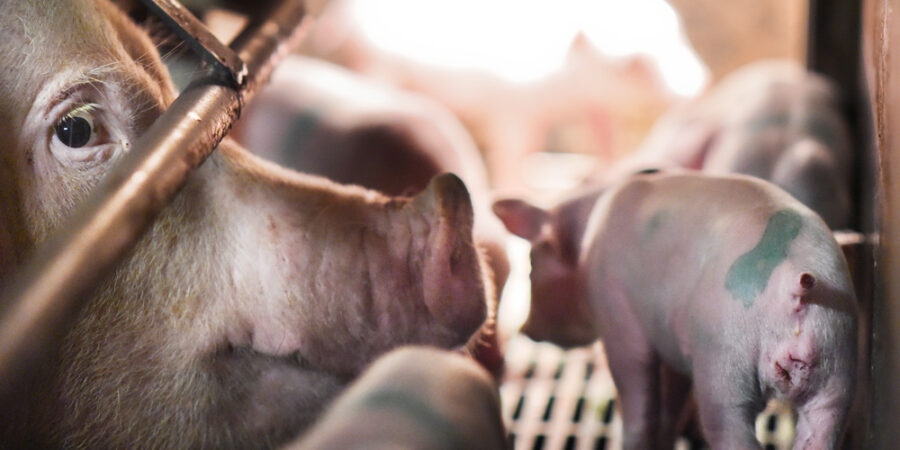The first step to overcoming and preventing animal cruelty is to first realise that it exists — sometimes hidden in plain sight, right under our very noses.
This is the core theme of Jo-Anne McArthur’s haunting and inspiring photographic collection, We Animals: an extensive global series which captures the personal experience of individual animals’ lives, amongst the unknown billions who are bred, kept and farmed for human use every year.
McArthur’s lens is focussed on these ‘invisible’ animals who are trapped in systems designed to keep their suffering hidden from the world — but whose plight her photographs shed much-needed light on.




















